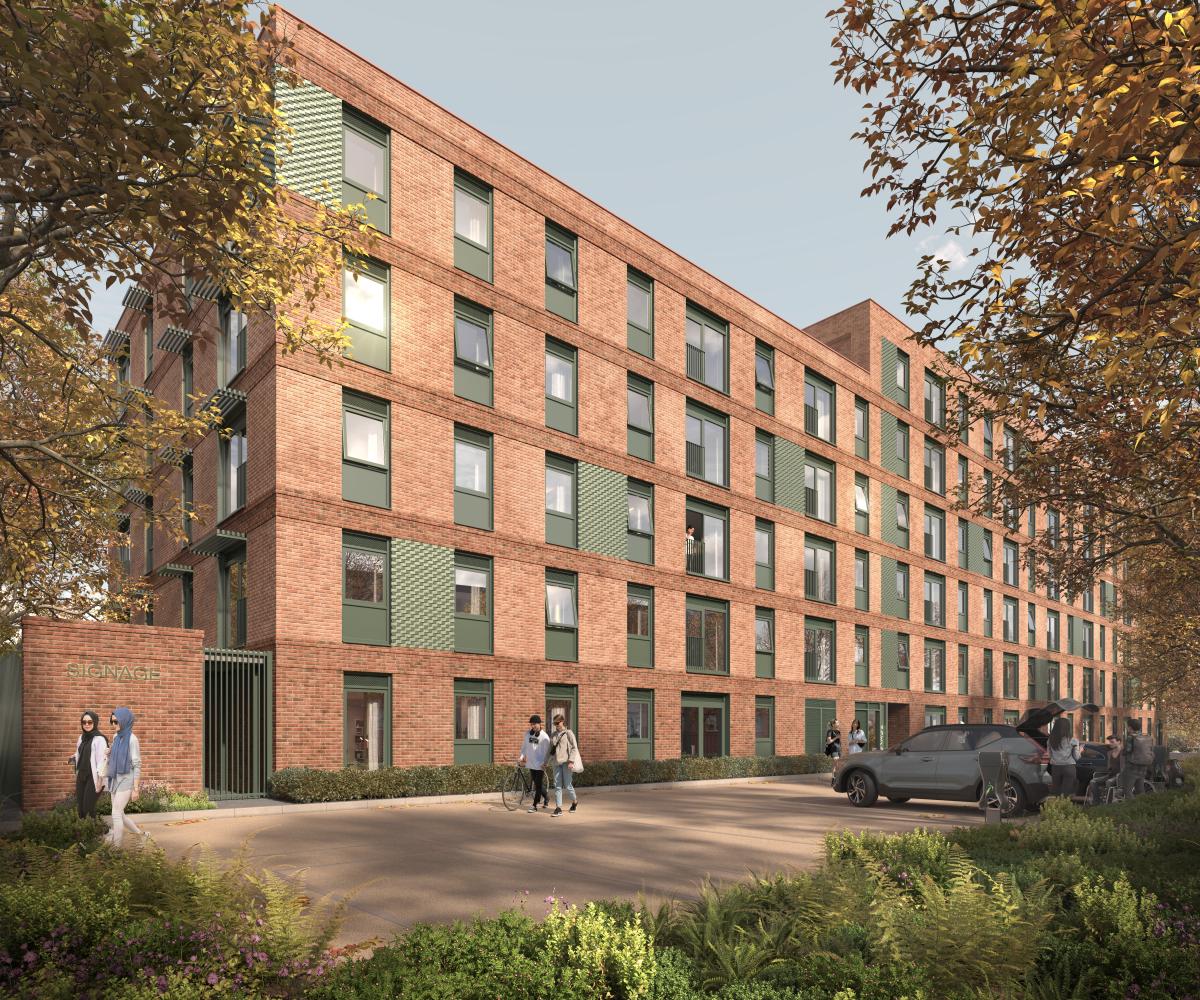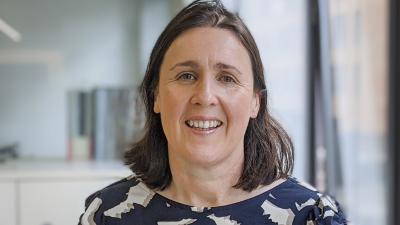The certification is awarded to committed designers who can prove their experience and specialism in delivering Passivhaus buildings and are included in The Passivhaus Institutes’s List of Certified Consultants.
Alison is an associate at Buttress with over 20 years of experience in the profession, specialising in the design and delivery of major residential projects. She is currently the project lead on two major Passivhaus schemes Greenhaus and Peru Street in Salford for The English Cities Fund and Salix Homes.

Alison commented on the award:
I am passionate about designing sustainable and affordable homes. Passivhaus can drastically reduce energy bills and provide a high level of occupant comfort. I am looking forward to delivering Greenhaus and Peru Street in Salford for The English Cities Fund and Salix Homes. I enjoy sharing my learning with the built environment sector - the certification is the icing on the cake.”
Buttress’ Managing Director, Gavin Sorby said:
“This is not only great news for Buttress but also for the built environment sector as a whole. The Passivhaus certification process is not an easy one and I’m thrilled that Alison has dedicated herself to this over many months and achieved it. As the global climate continues to change, Passivhaus design can play a crucial role in designing buildings that will support sustainable living. As a practice, we will continue to trailblaze these principles in our conversations, briefings and designs. Congratulations Alison, we’re incredibly proud of your work.”

What is Passivhaus?
Celebrating its 30th birthday this year, Passivhaus is an ecological building standard and is a tried and tested solution, backed by years of international evidence. It gives a range of proven approaches to delivering net-zero-ready new and existing buildings optimised for a decarbonised grid and augmented for occupant health and wellbeing. Passivhaus buildings also provide a high level of occupant comfort using very little energy for heating and cooling.
The first Passivhaus prototype was built in Germany in 1992 and is still performing today. Although it is predominantly thought to be used in housing, there are various examples in the UK of schools, offices, archives and a leisure centre.
Read about putting Passivhaus into Practice here.
Alison Haigh
Alison is an associate at Buttress with over 20 years of experience in the profession, specialising in the design and delivery of major residential projects.
